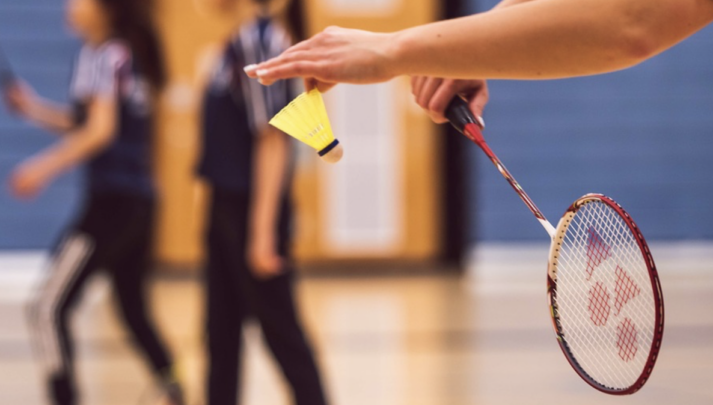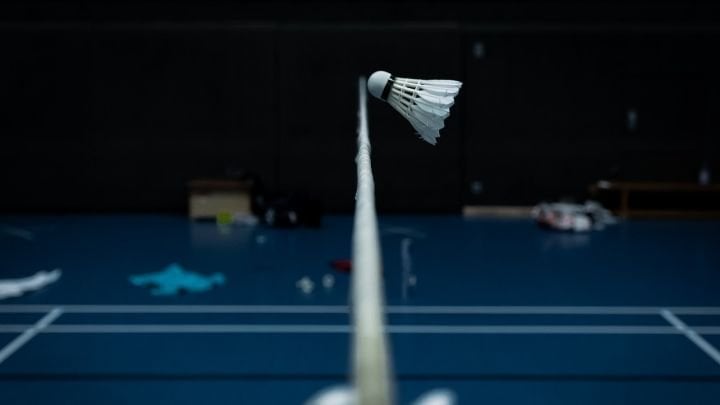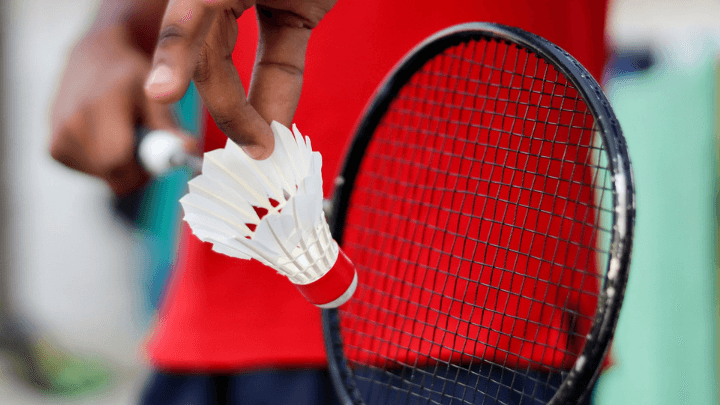
A well-executed serve can give you a significant advantage over your opponent.
This post provides a comprehensive insight into the basics of badminton serves, covering various types of serves, techniques, rules, and tips to improve your serve.
The Importance of Serving
- Setting the Pace: A good serve sets the pace of the rally, allowing the server to take control right from the start.
- Gaining an Advantage: A well-placed serve can put your opponent on the back foot, creating an opportunity for you to score.
- Versatility: Mastering different types of serves adds versatility to your game, making you unpredictable to your opponents.
- Defensive Strategy: A tactically sound serve can act as a defensive strategy, especially against aggressive opponents.
Types of Badminton Serves
Badminton offers a variety of serves each with its own strategic advantage. Here we will delve into four primary types of serves:
High Serve
- Purpose: The high serve is aimed at pushing your opponent to the rear court, buying you time to get into a favorable position.
- Execution: It requires a strong wrist flick to achieve the necessary height and distance.
- When to Use: Ideal for singles play where spreading out your opponent is key.
Check out this video on how to improve your High Serve:
Low Serve
- Purpose: The low serve aims at just clearing the net, dropping sharply as it crosses to the other side.
- Execution: A gentle push or flick is needed, targeting a landing close to the service line.
- When to Use: Predominantly used in doubles play to prevent attacking opportunities for opponents.
Check out this video on how to improve your Low Serve:
Flick Serve
- Purpose: The flick serve is a deceptive serve, looking like a low serve but traveling further into the opponent’s court.
- Execution: A quick flick of the wrist at the last moment changes the trajectory of the shuttle.
- When to Use: Useful in doubles play to catch the opponents off guard.
Drive Serve
- Purpose: The drive serve is an aggressive flat serve aimed at attacking the opponent.
- Execution: Requires a hit, sending the shuttle straight and at a high speed towards the opponent.
- When to Use: Suitable for both singles and doubles play when looking to surprise the opponent and seize the initiative early.
Serving Techniques
Mastering the various serving techniques can significantly up your badminton game. Here are some key pointers:
- Grip: Hold the shuttlecock and racket correctly. A relaxed grip with the shuttle held at the tip allows for better control.
- Stance and Balance: Maintain a balanced stance to ensure stability during the serve.
- Follow Through: A smooth follow through ensures that the shuttle travels in the desired direction and with the desired speed.
- Aim: Aim for a point in the opponent’s court to improve accuracy.
- Practice: Regular practice of different serves enhances muscle memory and consistency.
Common Mistakes
Avoiding common pitfalls can help in executing a flawless serve:
- Tensing Up: Keep your grip and arm relaxed to avoid hitting the shuttle too hard or losing control.
- Incorrect Grip: Ensure your grip is correct to achieve the desired shuttle trajectory.
- Lack of Focus: Stay focused on your aim and follow through to execute the serve as intended.
Rules of Serving
Understanding the rules of serving in badminton is crucial to avoid faults and penalties.
Service Courts
- Singles: In singles, serve from the right court when the server’s score is even and from the left court when the score is odd.
- Doubles: In doubles, partners serve from alternate courts, starting from the right court, and switch sides whenever they win a point while serving.
Faults
- Service Faults: Common service faults include the shuttle landing outside the service court, the server’s feet not remaining in a stationary position until the serve is made, or the shuttle being struck above the waist.
Improving Your Serve
A few strategies to refine your serving skills include:
Practice Drills
- Target Practice: Set up targets in different areas of the service court and practice hitting them.
- Serve under Pressure: Practice serving under simulated pressure situations to improve consistency.
Seeking Feedback
- Coach’s Feedback: Regular feedback from a coach can provide valuable insights into improving your serve.
- Video Analysis: Recording and analyzing your serve can help in identifying areas of improvement.
Conclusion
Mastering the art of serving in badminton is a journey that requires understanding the basics, practicing regularly, and continuously seeking to improve. The serve, though a simple stroke, holds the potential to significantly impact the match.
By honing your serving skills, not only do you set a strong pace for the game, but you also increase your chances of dominating the rally right from the outset.
Check out this post on what type of equipment you need to play badminton.
FAQs
The effectiveness of a serve depends on the situation in the match and the opponents you are facing. However, mastering a variety of serves will make you a more versatile player.
Varying the type of serve and the direction can make your serves more unpredictable. Additionally, mastering deceptive serves like the flick serve can also be beneficial.
Some common faults include serving before the receiver is ready, the shuttle touching any part of the body, and the shuttle falling into the wrong service court.
Regular practice is key to improving your serves. It’s advisable to dedicate a portion of your practice sessions specifically to serving drills.
No, serves need to be executed within the defined service courts and according to the rules of the game to avoid faults.






